#apollo 16
Explore tagged Tumblr posts
Text

The launch of Apollo 16 on April 16, 1972.
865 notes
·
View notes
Text
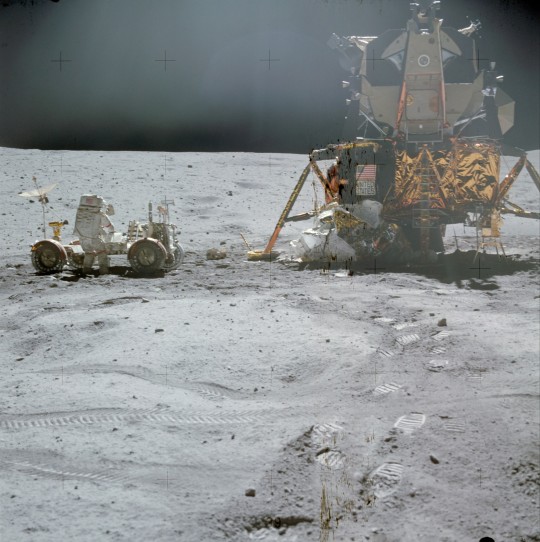
"Astronaut John W. Young, commander of the Apollo 16 lunar landing mission, works at the Lunar Roving Vehicle (LRV) just prior to deployment of the Apollo Lunar Surface Experiments Package (ALSEP) during the first extravehicular activity (EVA) on April 21, 1972. Note the Ultraviolet (UV) Camera/Spectrometer to the right of the Lunar Module ladder. Also, note the pile of protective/thermal foil under the U.S. flag on the LM which the astronauts pulled away to get to the Modular Equipment Storage Assembly (MESA) bay. While astronauts Young and Charles M. Duke Jr., lunar module pilot; descended in the Apollo 16 (LM-11) 'Orion' to explore the Descartes highlands landing site on the moon, astronaut Thomas K. Mattingly II, command module pilot, remained with the Command and Service Modules (CSM-113) 'Casper' in lunar orbit."
Date: April 21, 1972
NASA ID: AS16-116-18578
#Apollo 16#LM-11#Orion#Lunar Module#NASA#Apollo Program#J-type mission#Lunar Rover#Moon#April#1972#my post
156 notes
·
View notes
Text

Apollo 16 Saturn V rocket during Countdown Demonstration Test, March 1972
25 notes
·
View notes
Text
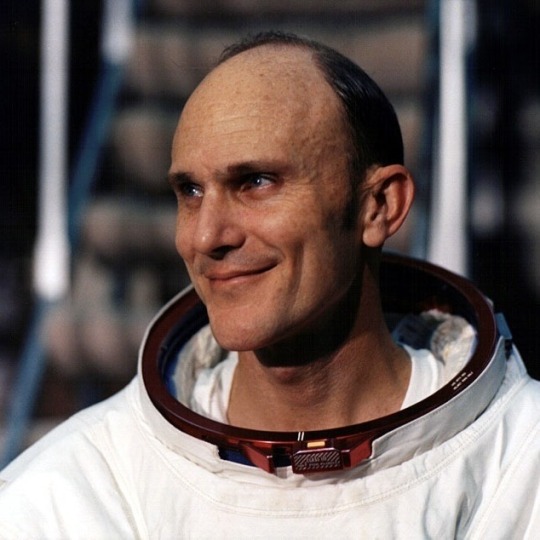


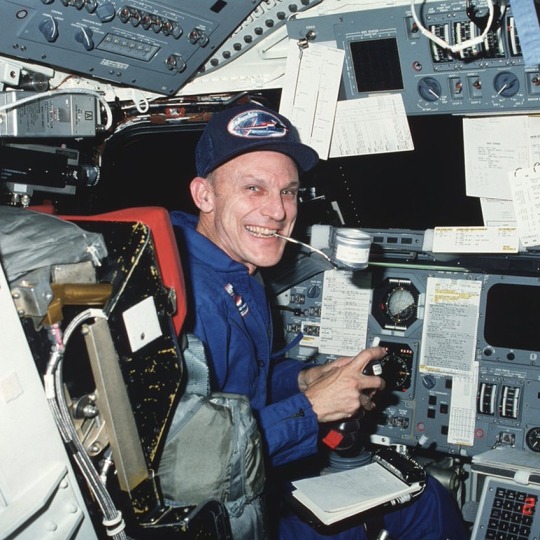
Remember NASA astronaut Thomas Kenneth Mattingly II (March 17, 1936 – October 31, 2023), who died earlier this week at the age of 87.
Ken, often known as TK, was the command module pilot aboard Apollo 16 in 1972 and flew aboard the space shuttle twice on STS-4 and STS-51-C. He’s also known for being scheduled to fly on Apollo 13, but exposure to rubella (which he ultimately did not contract) famously led to his replacement by Jack Swigert.
From NASA Administrator Bill Nelson:
TK’s contributions have allowed for advancements in our learning beyond that of space. He described his experience in orbit by saying, “I had this very palpable fear that if I saw too much, I couldn’t remember. It was just so impressive.” He viewed the universe’s vastness as an unending forum of possibilities. As a leader in exploratory missions, TK will be remembered for braving the unknown for the sake of our country’s future.
149 notes
·
View notes
Text

Apollo 16 - EVA 1 - April 21st, 1972
#NASA#Moon landing#Apollo 16#Orion#EVA#Lunar module#astronaut#space flight#American Flag#Moon mission#Lunar surface#space program
20 notes
·
View notes
Text
Move over Mike Collins there's a new funniest astronaut in town

49 notes
·
View notes
Text

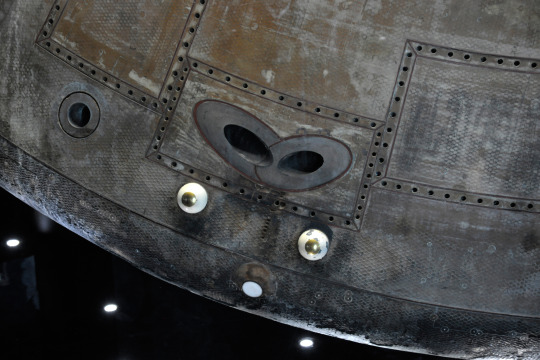


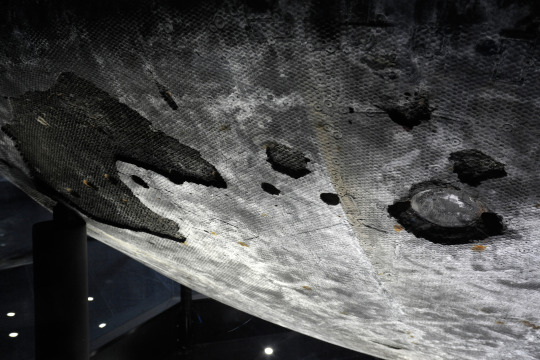


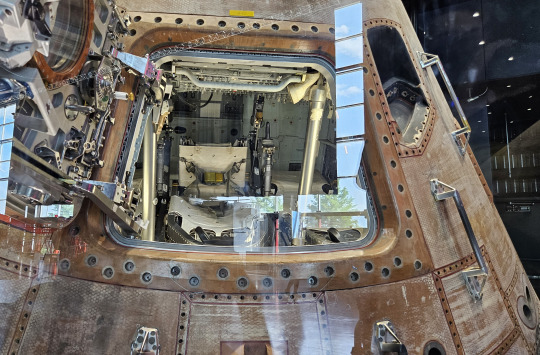
Apollo 16 Command Module "Casper"
US Space & Rocket Center - Huntsville, AL
58 notes
·
View notes
Text
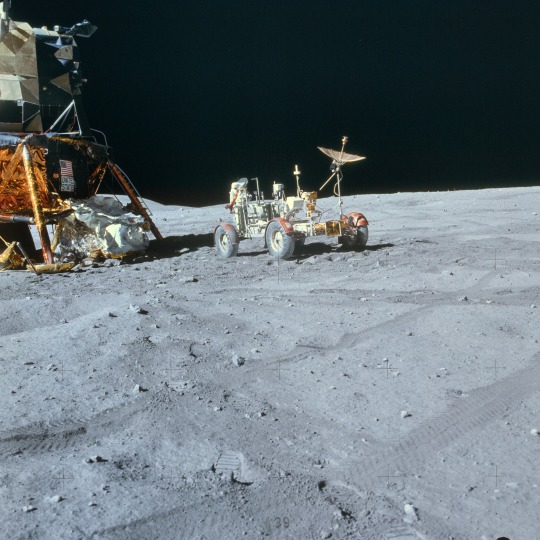
Parked by the front door. The Lunar Rover sits by Orion, the Lunar Module during Apollo 16, Apr 1972. The crew of John Young, Charlie Duke & Ken Mattingly experienced many glitches on the way to the moon culminating in concerns in the main engine. Mission Control had considered aborted the entire landing until it was decided the issues could be overcome. Still, as a result of these concerns, the mission ended 1 day earlier than planned.
#astronauts#apollo 16#space travel#astronaut#space exploration#nasa#space race#space#vintage space#moon landing#space age#1972#lunar rover#man on the moon#moon landings#1970s#lunar module#lunar surface#the moon#nasa astronauts#nasa photos#outer space#space history#space program
44 notes
·
View notes
Text

Apollo 16 rollout attracts a crowd at the Vehicle Assembly Building, 9 February 1972.
914 notes
·
View notes
Text
The original Moon landing sites
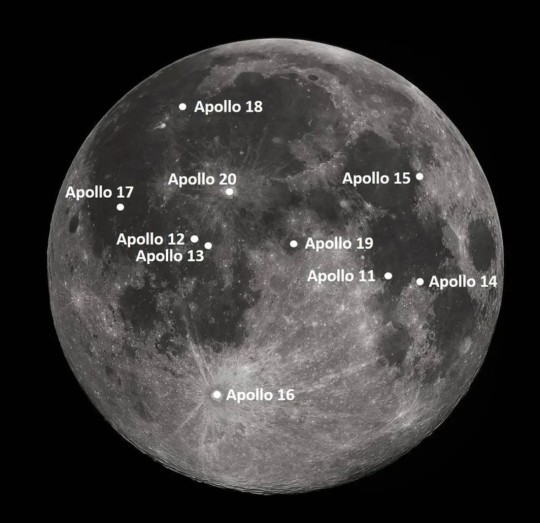
"NASA contracted to have 15 flight-worthy Saturn V rockets produced. Apollo 11 achieved the first landing with the sixth Saturn V, leaving nine for follow-on landings. The following landing sites were chosen for these missions, planned to occur at intervals of approximately four months through July 1972."
Note: I've updated this list with the original tentative planned launch dates.
G-type Mission
Apollo 11: (G) Mare Tranquillitatis, July 1969
H-type missions
Apollo 12: (H1) Ocean of Storms (Surveyor 3 site), November 1969
Apollo 13: (H2) Fra Mauro Highlands, March 1970
Apollo 14: (H3) Littrow Crater, July 1970
Apollo 15: (H4) Censorinus Crater, November 1970
J-type missions, the extended stay missions
Apollo 16: (J1) Descartes Highlands or Tycho Crater (Surveyor 7 site), April 1971
Apollo 17: (J2) Marius Hills or Marius Hills volcanic domes, September 1971
Apollo 18: (J3) Copernicus crater or Schröter's Valley or Gassendi crater, February 1972, later July 1973
Apollo 19: (J4) Hadley Rille, July 1972, later December 1973
Apollo 20: (J5) Tycho Crater or Copernicus Crater or Marius Hills, December 1972, later July 1974
As we all know, plans were changed and missions were cancelled. But it's nice to see what was initially planned.
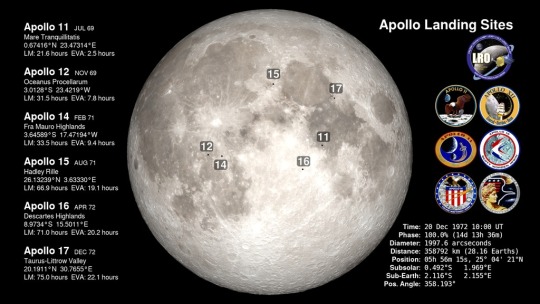
To compare with the actual landing sites and dates:
Apollo 12: (H1) Ocean of Storms (Surveyor 3 site), November 1969
Apollo 13: (H2) never landed, April 1970
Apollo 14: (H3) Fra Mauro, January-February 1971
Apollo 15: (J1) Hadley–Apennine, July-August 1971
Apollo 16: (J2) Descartes Highlands, April 1972
Apollo 17: (J3) Taurus–Littrow, December 1972
NASA ID: link, link
Information from Astronautix: link
Information from Wikipedia: link
#Apollo 11#Apollo 12#Apollo 13#Apollo 14#Apollo 15#Apollo 16#Apollo 17#Apollo 18#Apollo 19#Apollo 20#NASA#Apollo Program#Moon#Moon landing#Lunar Module#cancelled#G-type Mission#H-type mission#J-type mission#Cancelled Mission#my post
469 notes
·
View notes
Text
Since the first Moon Landing in 1969, we’ve sent a total of a dozen men to the Moon. They are
Neil Armstrong (Apollo 11)
Buzz Aldrin (Apollo 11)
Pete Conrad (Apollo 12)
Alan Bean (Apollo 12)
Alan Shepard (Apollo 14)
Edgar Mitchell (Apollo 14)
David Scott (Apollo 15)
John Young (Apollo 16)
Charles Duke (Apollo 16)
Eugene Cernan (Apollo 17)
Harrison Schmitt (Apollo 17)
14 notes
·
View notes
Text
♫ Rocket Man ♫
When I played Goodbye Yellow Brick Road yesterday, a few of you told me of your favourite Elton John songs, so I decided to make this “Elton John WeekEND”! Actually, I could easily do an entire Elton John Week, for I love his music, but for right now, let’s just do a weekend, ‘k? One of Elton’s most popular songs is this one, Rocket Man, so I decided to start here! Released in 1972, around the…
#"Pearls Before Swine"#Apollo 16#Bernie Taupin#Elton John#Michael Seidel#misunderstood lyrics#music charts#music trivia#Ray Bradbury#Songfacts
0 notes
Text

The launch of Apollo 16 on April 16, 1972.
1 note
·
View note

